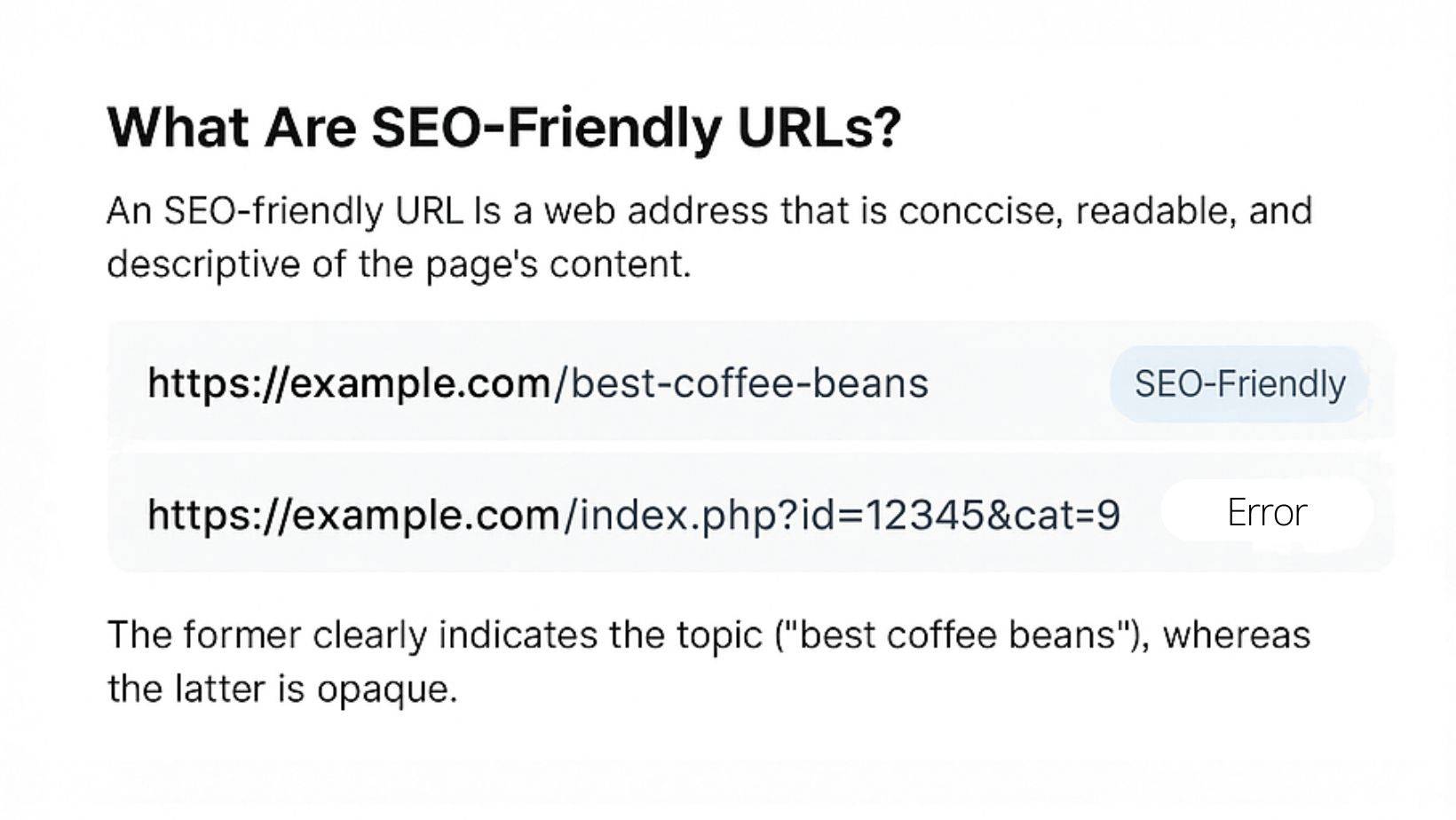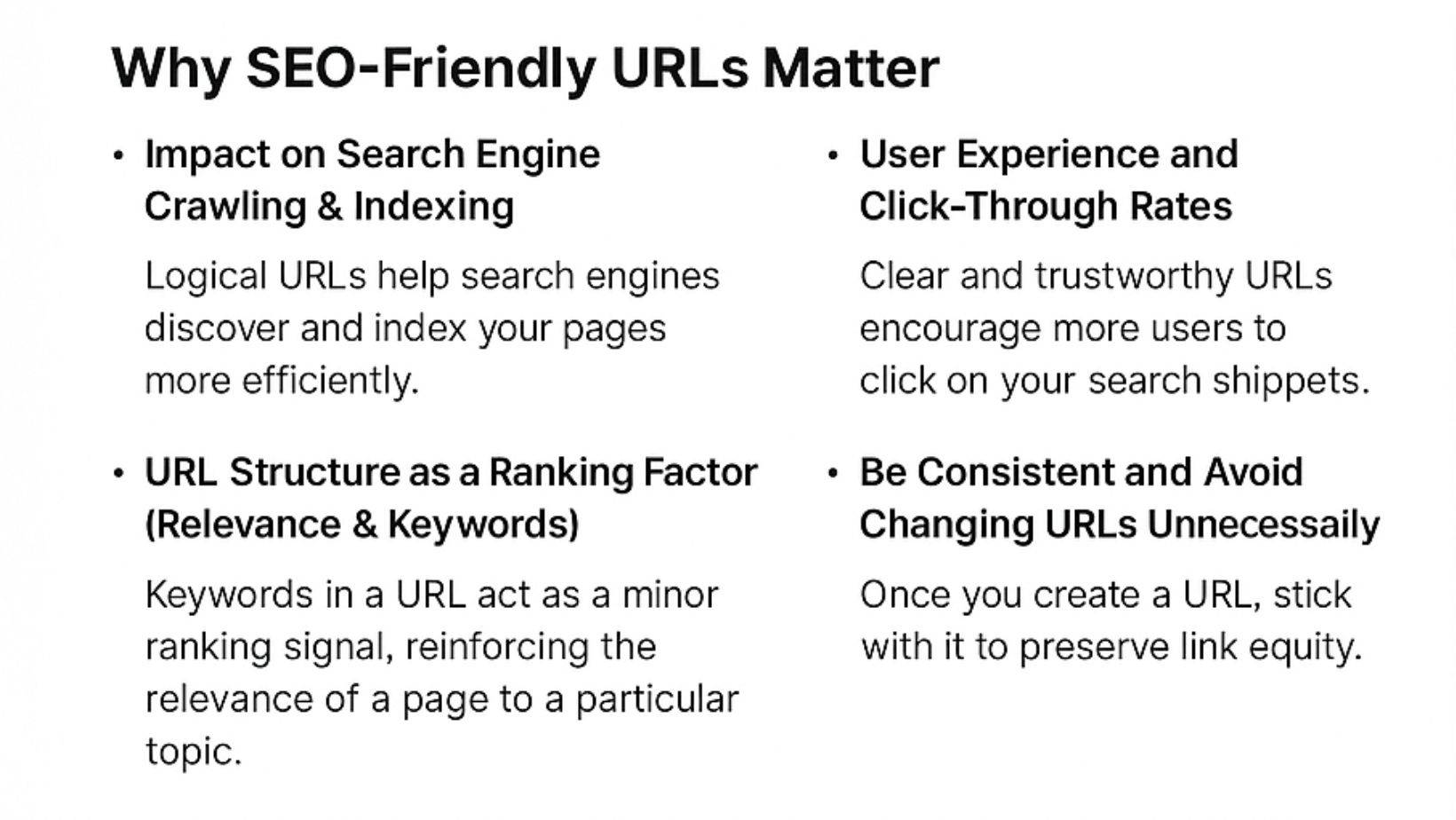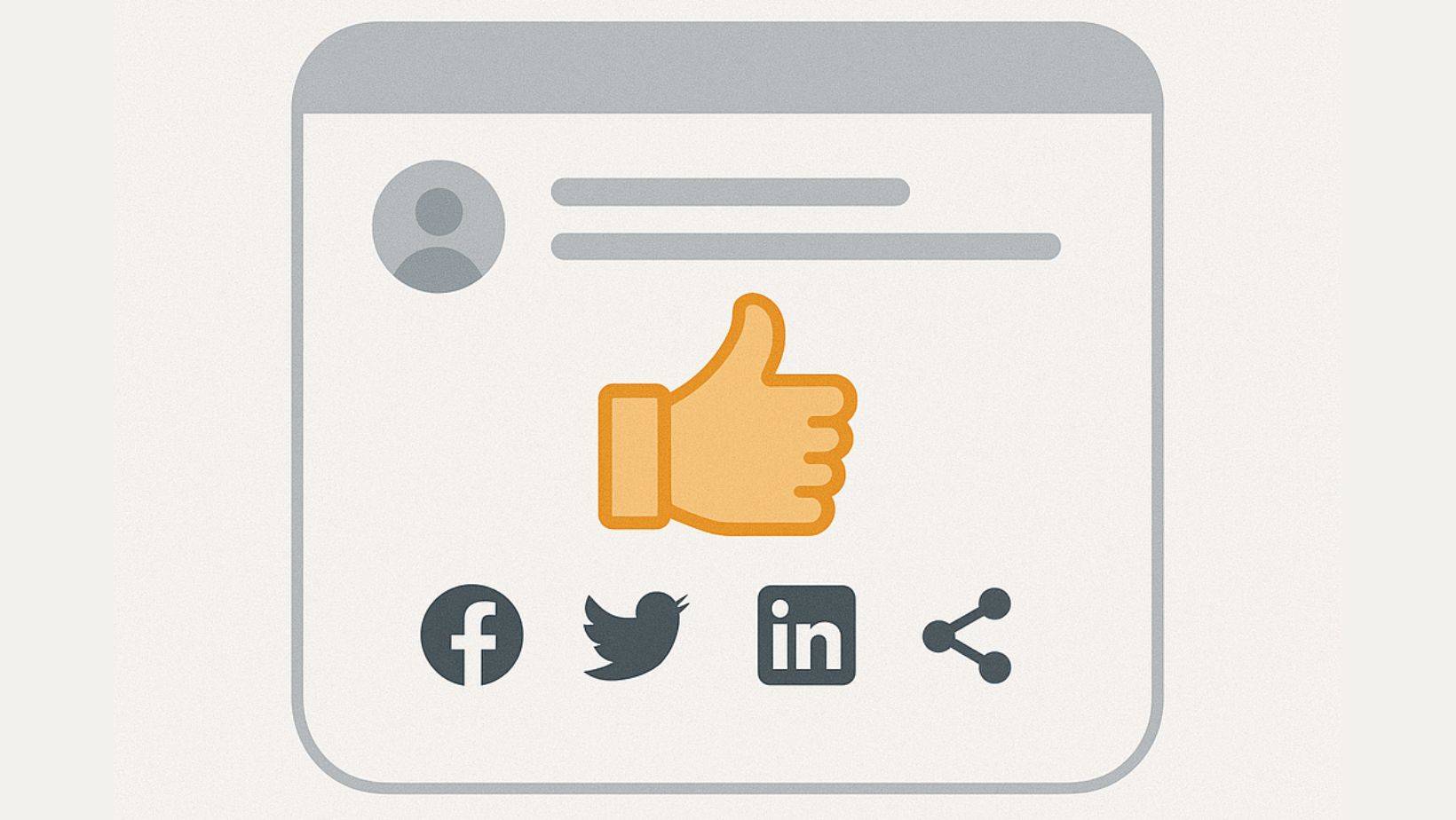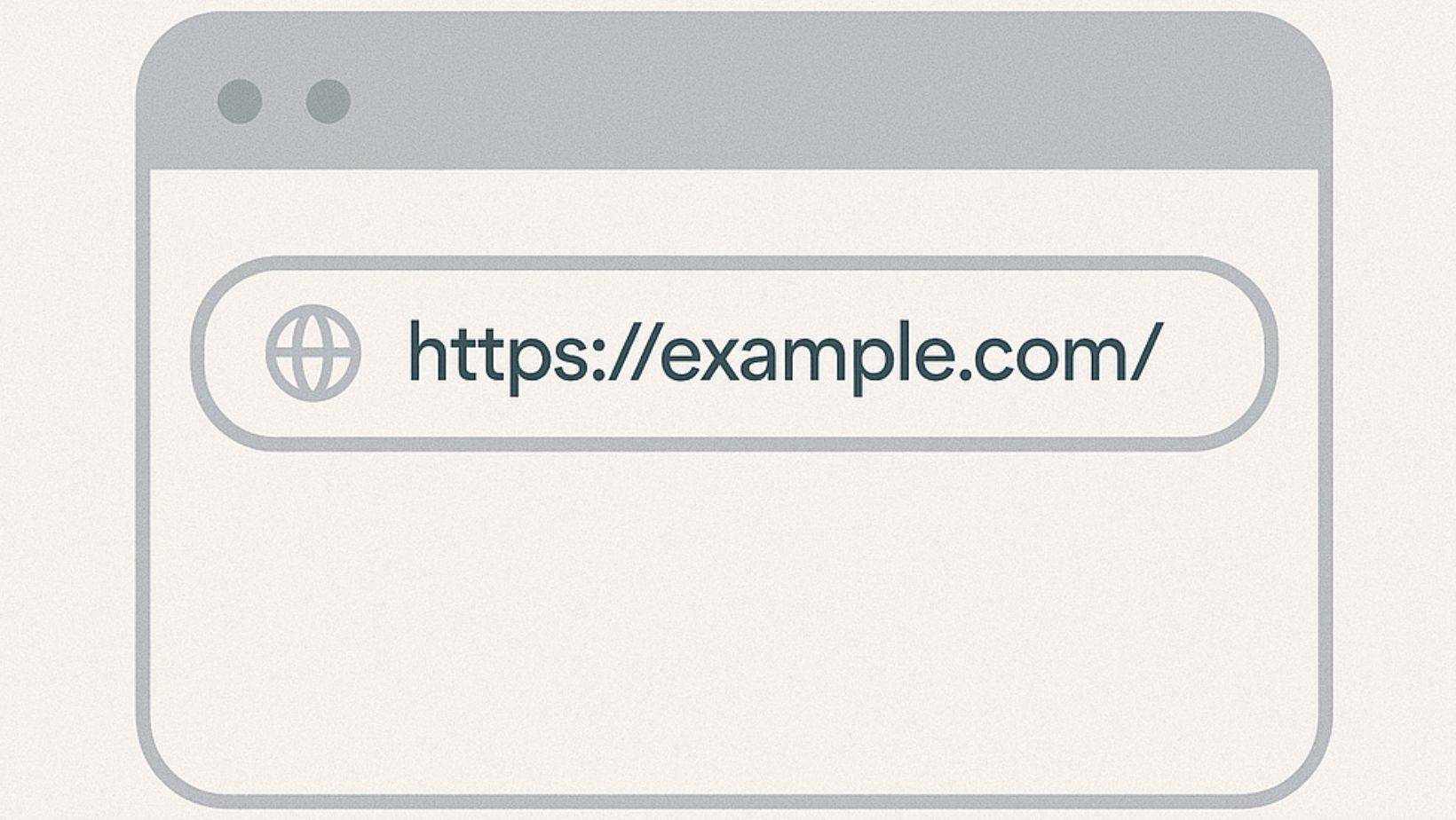build Digital Services
business Industry-Specific Solutions
- Medical & Dental Marketing
- Home & Trade Services
- Enterprise & Corporate Solutions
- Education & Non-Profit Marketing
- E-commerce & Retail Marketing
- Law Firm Marketing
- Real Estate Marketing
- Landscaping & Lawn Care
- Home Remodel & Construction Marketing
- Event Marketing
- Roofing Marketing
- Electrician Marketing
- Tinting & Detailing Marketing
trending_up Business Growth Strategies
web Website Design & UX/UI
- Ultra Consultants Website Optimizations
- Rodem UI/UX Case Study
- The Hairport Hair Salon Web Designer
- Metro Nova Website Revamp
- Whiting Indiana City Website
- Identity Aesthetics
search SEO & Local SEO
campaign Google Ads / Paid Media
shopping_cart E-Commerce
trending_up Lead Generation & Digital Marketing
auto_fix_high Before & After / Transformation
-
🇺🇸 An American Company
